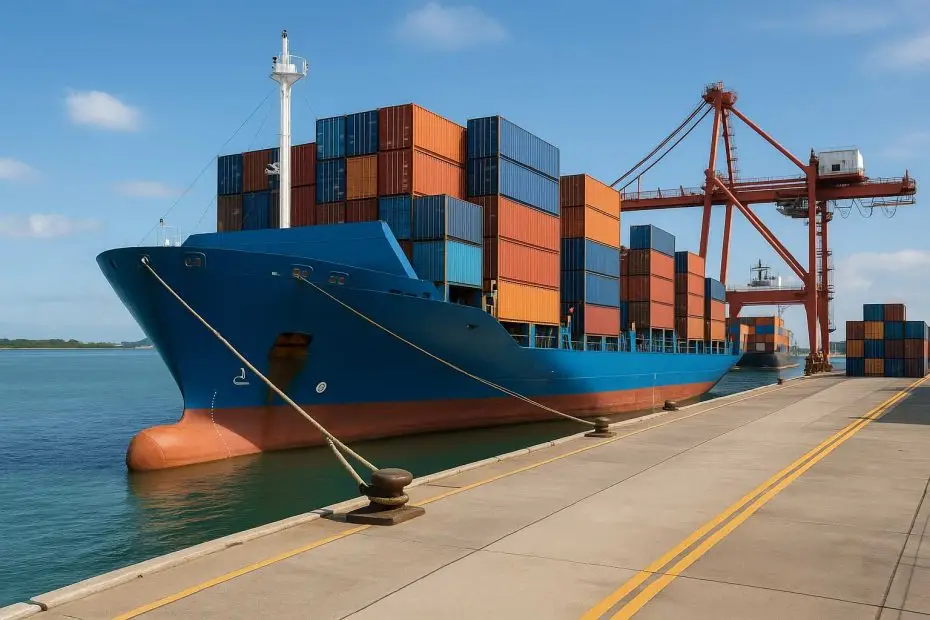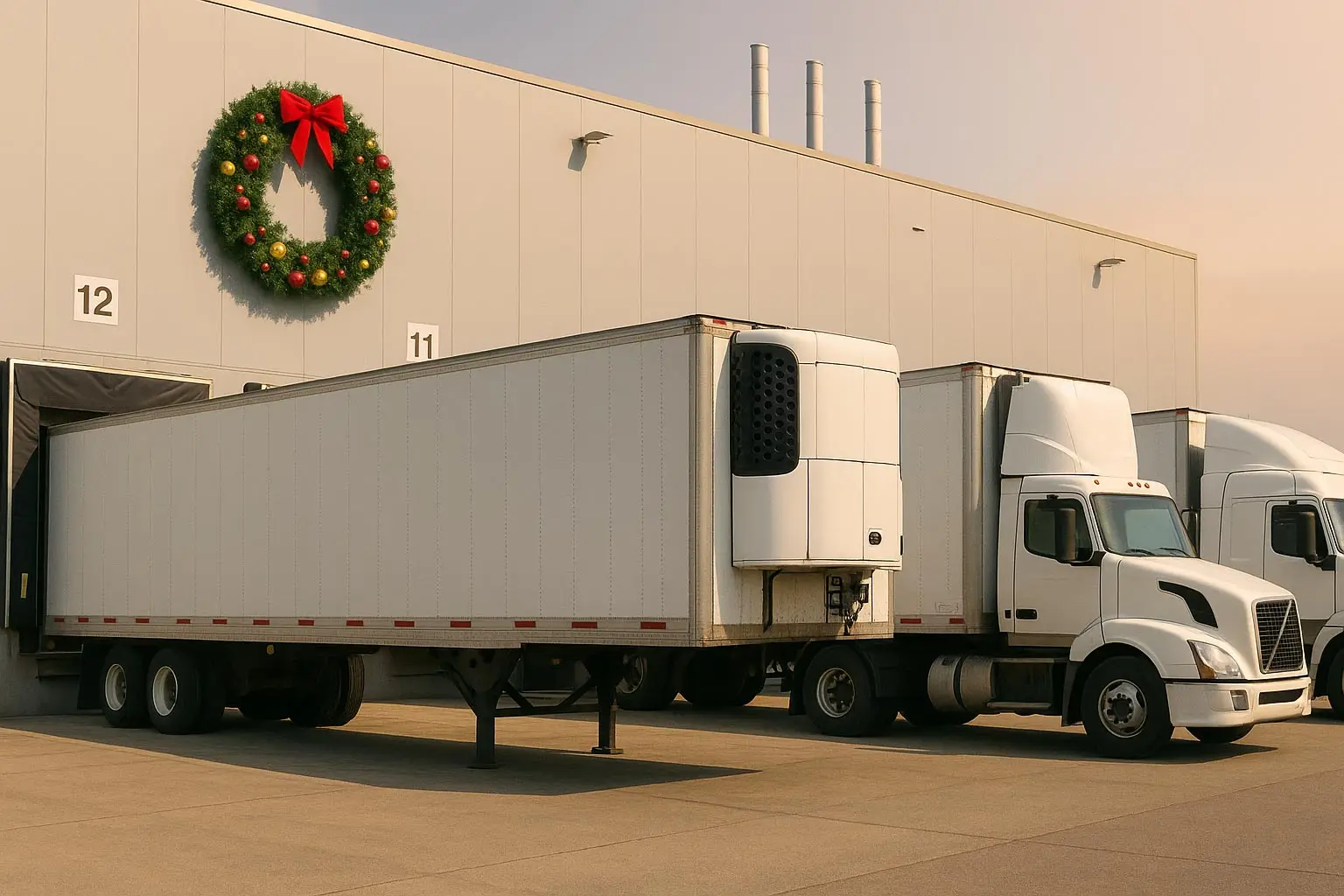Global food logistics has always relied heavily on ocean freight — but in recent years, the tides have shifted. Persistent port congestion, escalating geopolitical tension, and growing environmental scrutiny have forced logistics providers to rethink their approach to international food transport. One solution gathering momentum is short-sea shipping — and it’s becoming a valuable tool for keeping cold chains intact and deliveries on schedule.
Short-sea shipping involves transporting goods over relatively short ocean distances, often using smaller vessels and regional ports. This approach is reducing reliance on overstretched major terminals and giving food logistics providers greater flexibility, particularly when managing sensitive, perishable goods.
For Australian businesses, this has opened up opportunities in both directions. Imports from New Zealand and Southeast Asia can increasingly be routed through less congested ports, while exports to Pacific markets are finding faster, lower-carbon routes via short-haul coastal options. The model also supports multimodal integration — allowing seamless transfers between ship, rail, and road, which helps maintain temperature control and product quality.
Of course, short-sea shipping doesn’t solve everything. It depends on well-coordinated port infrastructure, clear customs procedures, and a network of regional operators who can respond quickly to demand. But for food logistics companies under pressure, it’s becoming part of a smarter, more resilient freight mix.
At ACIT, we continue to monitor and adapt to global freight trends to ensure consistency in our cold-chain operations. While international routes remain stable for us, we remain committed to reviewing smarter alternatives that reduce delays, emissions, and spoilage risk — and short-sea shipping is firmly on our radar.



